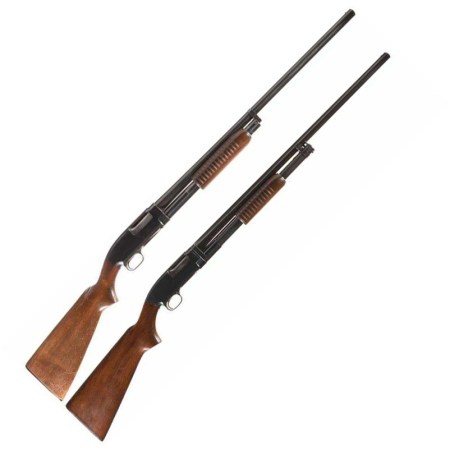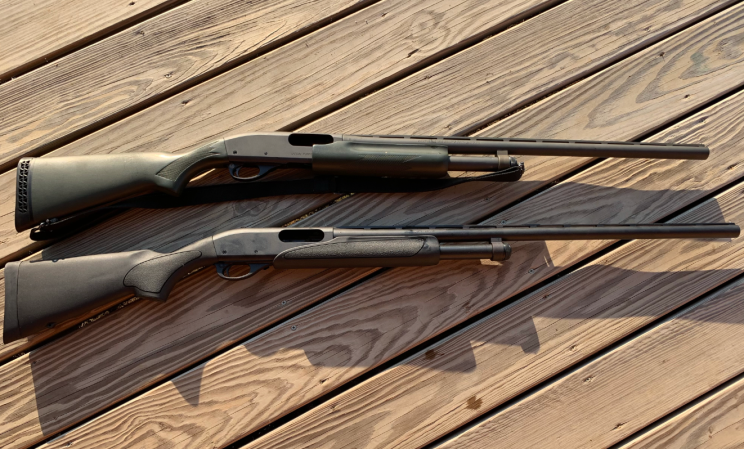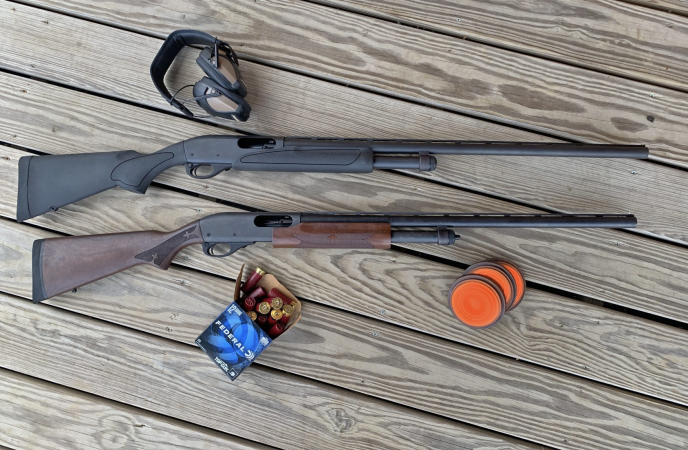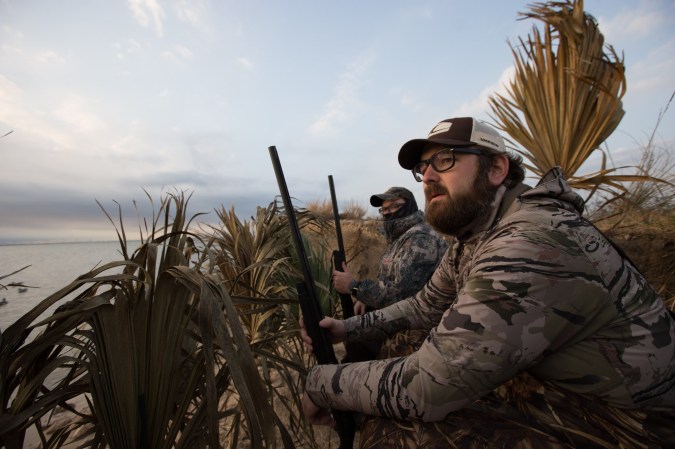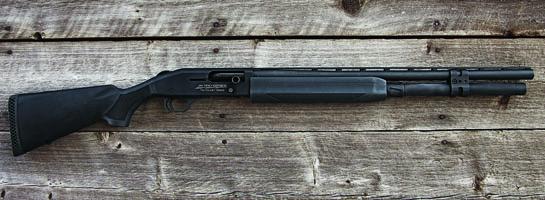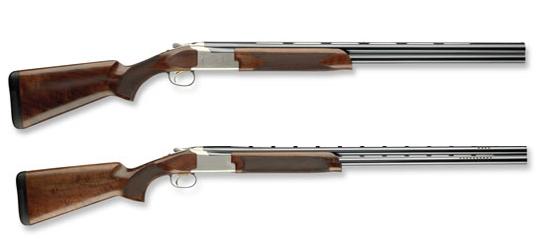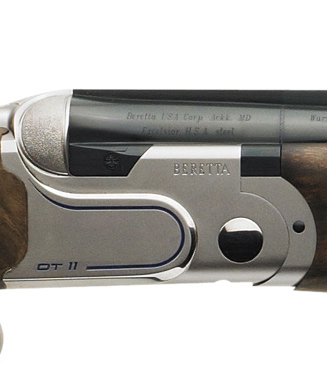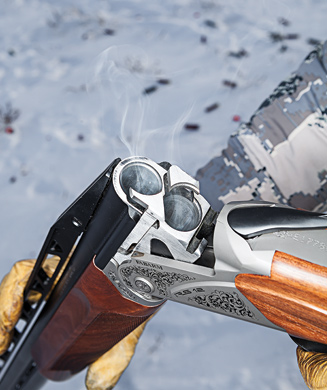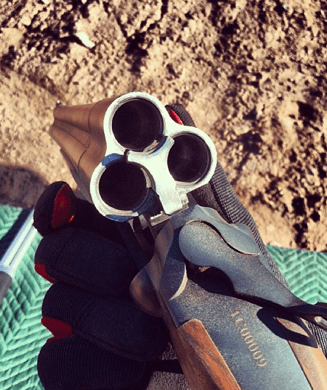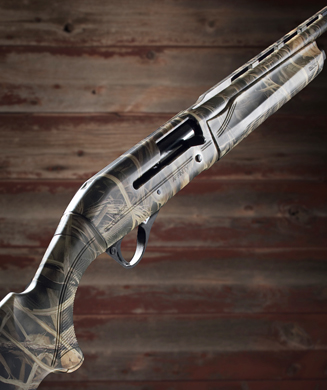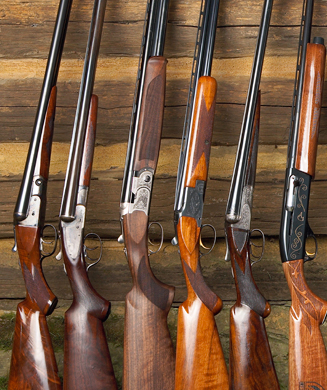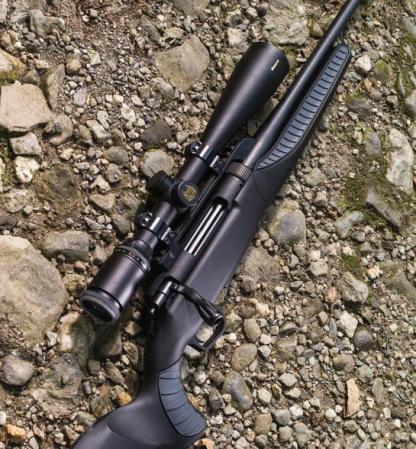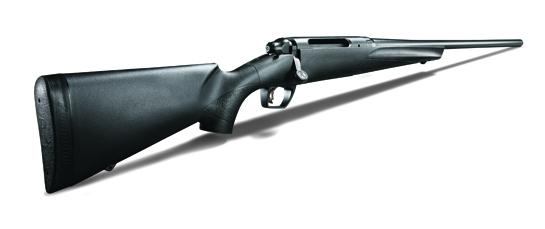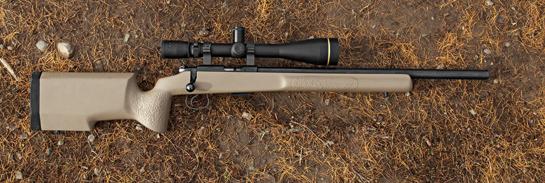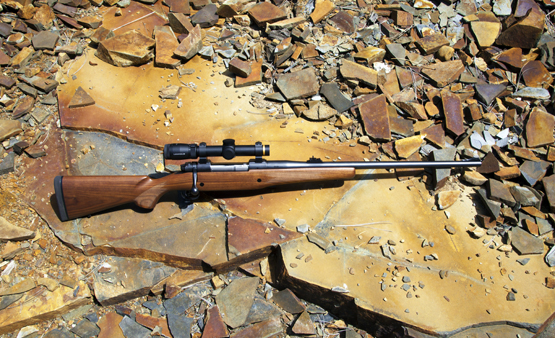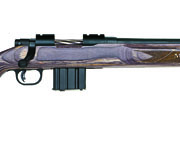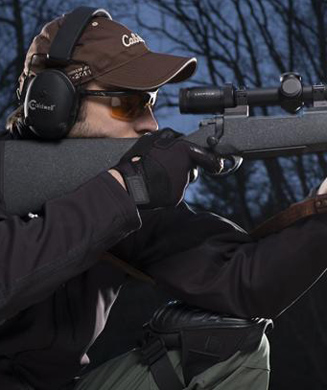We may earn revenue from the products available on this page and participate in affiliate programs. Learn More ›
Just in time for the nastiest (and best) waterfowling of the year, Winchester has introduced an SPX shotgun chambered for 3 ½-inch shells, targeting sportsmen who favor launching heavy payloads skyward when going for ducks and geese. The SPX is a pump-action that’s made in Turkey and is in competition with shotguns such as the Remington 870 and Benelli Nova, which try to hit the sweet spot when it comes to quality, durability, and price.
With a 3-inch receiver, the plain black Winchester SPX lists for $469, while the new 3 ½-inch model goes for just $30 more, a very modest upcharge for the larger gun. The camo on the Waterfowl Hunter I tested, dipped in Mossy Oak Duck Blind, adds an extra $100 to the price tag, so my sample, which includes three interchangeable choke tubes, has a suggested retail of $580. Discounting these figures to reflect an actual street price, Winchester has put the new SPX within reach of most hunters.
Fast Action
What does that money get you? The SPX’s biggest claim is that it is the world’s fastest pump-action shotgun, and Winchester’s marketing folks like to extol the gun’s ability to shoot three times in half a second.
Pretty heady stuff, though even if you could shoot that fast (which I can’t), it’s hard to see how that is relevant outside the confines of exhibition shooting. In a duck blind or a goose pit, things don’t unfold quite that fast, thank goodness, or very few of us would ever manage to knock down any birds. (If speed really is that important to you, though, stick with the 3-inch version. The extra half inch of travel makes a big difference in how quickly the gun will run.)
But what the claim does speak to is how the SPX’s action locks up and functions. The bolt face has a four-lug design that rotates into corresponding recesses in the back of the barrel. The bolt assembly contains a powerful spring that compresses under recoil. It is the inertia of the bolt, which moves forward in relation to the rest of the recoiling gun, that gives the “inertia” action its name. As the spring releases its energy, it pushes the bolt and slide assembly rearward–the idea being that this helps the gun cycle faster. This spring assist is absent in the design of the Remington 870 and Ithaca M37, for example.
Upland Capable
In practical terms, I found the SPX cycled and shot easily against clays and on birds. For most of the fall, I had the SPX with me in my truck and used it extensively for hunting grouse in the mountains around my home. Here, speed does matter, and I was happy that the gun and I managed to hold our own against the swift ruffs and spruce grouse. The SPX balances right where the barrel and receiver meet, and at 7 pounds 5 ounces, with a 28-inch barrel, I found it to be quite agile even though guns this large can take a bit of effort to get moving.
I wasn’t able to measure the gun’s trigger pull, as it maxed out my digital gauge, which goes up to 12 pounds. That caught me by surprise because the trigger doesn’t feel objectionably heavy.
In all other respects, operating the SPX is a snap. The controls to load and unload the gun are intuitive.
Slick Stock
In action, the gun handles nicely. The single red fiber-optic bead on the raised rib gives a good sight picture. The safety is located in the front of the trigger guard, positioned right under the shooter’s index finger, and the proportions of the stock strike a happy medium in that they are neither too thin nor too bulky. The only problem with the stock is the inadequate checkering on the forend and grip. This is exacerbated by the camo finish, which looks lovely but, combined with the minimal texture molded into the stock, makes the SPX as slippery as a greased pig at the county fair.
Field stripping the SPX, which takes less than a minute, is accomplished by unscrewing the cap on the magazine and popping out the single pin that holds the trigger assembly in place. The gun breaks down into four main components: the barrel; the trigger assembly; the stock, receiver, and magazine tube; and the forend and bolt assembly. The fact that the bolt stays attached to the two action bars until you deliberately remove it will come as a relief to anyone who has fumbled with a pump gun that wants to fall to pieces as it comes apart.
Good Buy
The value the SPX represents is undeniable. For a gun destined to spend most of a fall in the bed of a pickup or in the bottom of a boat (rather than in a gun safe), it’s built right and priced right.
Report Card
Overall * * * *
Performance: B
Design: C
Price/Value: B
Verdict: The Winchester SPX Waterfowl Hunter is a very good shotgun (at a good price) that’s in need of a better, less slick stock.
Stats
Chamber: 3 1/2 in. 12-gauge
Capacity: 3+1
Finish: Camo
Length: 49 inches
Barrel: 28 inches
LOP 13 3/4 inches
Weight: 7 pounds 5 ounces
Trigger Pull: More than 12 pounds
Cost: $580
Website: Winchester.com




